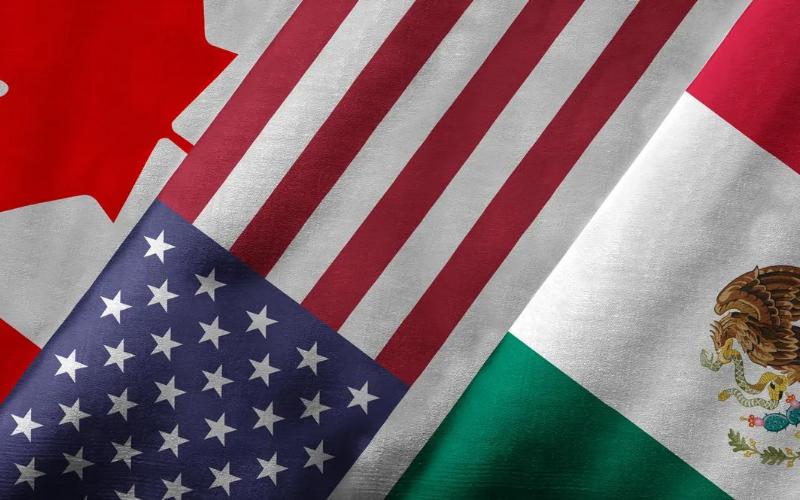HHS Allocates $306 Million to Strengthen H5N1 Avian Flu Preparedness

HHS Secretary Xavier Becerra underscored the importance of robust disease surveillance and response infrastructure, emphasizing the critical role of collaboration with federal, state, and local partners, including the USDA. "Investments in preparedness are crucial for safeguarding public health and maintaining our food supply chain," Becerra stated.
Funding Allocation
The $306 million will be distributed across several key areas to strengthen disease surveillance, laboratory testing, and response infrastructure:
HHS Office of the Assistant Secretary for Preparedness and Response (ASPR): $183 Million
- Hospital Preparedness Program (HPP): $90 million
- National Emerging Special Pathogens Training and Education Center (NETEC): $10 million
- Regional Emerging Special Pathogen Treatment Centers (RESPTCs): $26 million
- Special Pathogen Treatment Centers (SPTCs): $43 million for avian influenza response
- National Disaster Medical System (NDMS): $14 million to replenish equipment and supplies
CDC: $111 Million
- Jurisdictional Monitoring and Testing: $103 million to track exposed individuals, enhance testing, and conduct outreach in high-risk populations, including livestock workers
- Diagnostic Test Kits: $8 million for production, storage, and distribution
NIH: $11 Million
- Centers for Excellence for Influenza Research and Response: $11 million to accelerate the development of medical countermeasures
Collaborative Efforts Intensify
Following the detection of H5N1 in cattle, HHS and the USDA have ramped up nationwide collaboration with state and industry stakeholders. These efforts include expanded disease surveillance and laboratory testing to mitigate risks and maintain the integrity of the food supply chain.
Preparedness for Future Threats
The initiative represents a comprehensive approach to addressing potential public health emergencies. By bolstering infrastructure and investing in cutting-edge research, the U.S. aims to stay ahead of emerging threats while protecting both public health and economic stability.
This funding is a testament to the importance of vigilance and readiness in combating zoonotic diseases that pose risks to global health and food security.











